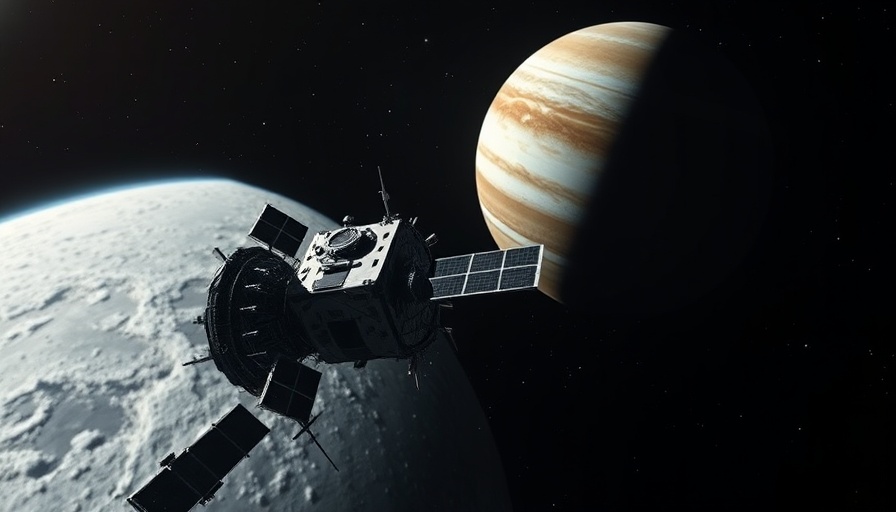
Unveiling the Journey to Jupiter
NASA’s Europa Clipper spacecraft is on an exciting path, launched from Kennedy Space Center in October 2024, and journeying across an expanse of 1.6 billion miles (2.6 billion kilometers) before it arrives in Jupiter's orbit by 2030. This mission is poised to revolutionize our understanding of Europa, one of Jupiter’s moons, potentially hosting conditions suitable for life.
Star Trackers: Navigating the Cosmic Frontier
While the main mission focuses on Europa’s icy surface, the spacecraft isn’t flying blind. Equipped with dual star trackers, the Europa Clipper captures stunning images of distant stars, functioning as its cosmic compass. These trackers utilize star positions as reference points to determine the spacecraft’s orientation, similar to how navigators have relied on stars for centuries. This capability is crucial, allowing the spacecraft to orient communication antennas toward Earth and sustain a steady stream of data back home.
A Glimpse of the Starry Sky
The recently transmitted images reveal an astonishing starfield, showcasing pinpricks of light from celestial bodies situated 150 to 300 light-years away. With only 0.1% of the sky being mapped, the data gathered still paints a grand picture of the universe. Among these stars are Gienah, Algorab, Kraz, and Alchiba—four bright stars of the Corvus constellation, which adds a mythological flair to the scientific endeavor.
Significance of Star Tracker Imagery
The transmission of these star images also signifies a successful hardware check post-launch, confirming that the cameras and their components have endured the intense conditions of launching aboard SpaceX's Falcon Heavy rocket. As Joanie Noonan from NASA's Jet Propulsion Laboratory highlights, the star trackers continuously capture images, ensuring that everything is functioning correctly without manual intervention. This engineering check is pivotal for the mission's success, providing confidence in the instruments that lead to the in-depth study of Europa.
Looking Ahead: The Quest for Knowledge
As the Europa Clipper continues its expedition toward Jupiter, the anticipation of its proximity to Europa grows. The mission aims to conduct close-up imaging and thorough analysis of the icy moon’s surface and subsurface ocean, potentially unveiling vital clues about habitability beyond Earth. With each passing day, we draw closer to what may be one of the most groundbreaking discoveries in space exploration history.
 Add Row
Add Row  Add
Add 




Write A Comment